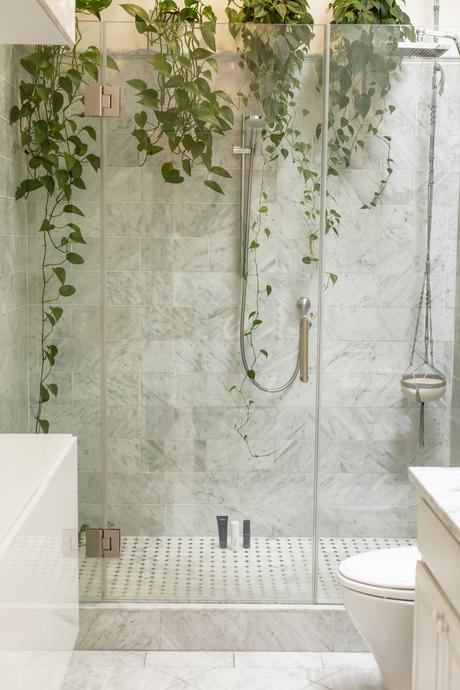
If you'd like to have a wet room installed, or if you'd like to convert your bathroom, your best bet would be to trust a professional. Maybe you have an idea about the design and arrangement but lack the necessary skills to turn it into reality?Ability Bathe Bathrooms & Showers can give you some knowledgeable tips based on more than 35 years in the industry, and do the job at an expert level.
In this article, we will explain the main characteristics of wet rooms, and share a few design tips to take into account when installing one at home.
What Is A Wet Room?
A wet room is a type of bathroom or shower area where the entire space is designed to be waterproof, allowing water to flow freely without the need for a separate shower enclosure or bathtub. In a wet room, the floor and walls are typically tiled or covered with waterproof materials, and the shower area is open, without any barriers or shower trays.The main purpose of a wet room is to create a spacious and accessible showering area that is easy to clean and maintain. Wet rooms are popular for their modern and minimalist design, and they can be particularly useful for individuals with mobility issues or disabilities, as they provide a level floor surface without any trip hazards.
To ensure proper drainage, wet rooms are typically equipped with a sloping floor that directs the water towards a drain. In some cases, a glass screen or partition may be used to prevent excessive water splashing onto other areas of the room. Additionally, tanking, which involves applying a waterproof membrane or coating, is used to seal the walls and floors to prevent water leakage.
Wet rooms have gained popularity in recent years due to their aesthetic appeal, functionality, and practicality, especially in smaller bathrooms or spaces where a traditional shower enclosure may be impractical.
How To Design A Wet Room
Designing a wet room requires careful consideration of several factors to ensure functionality, aesthetics, and practicality.Assess The Available Space
Start by evaluating the size and layout of the room. Consider the dimensions, position of existing plumbing, and any structural limitations. A wet room can be created in both small and large spaces, but it's essential to optimize the layout to maximize functionality.Waterproofing And Drainage
Waterproofing is crucial for a successful wet room design. Ensure that the floor, walls, and even the ceiling are properly sealed to prevent water damage. A professional bathroom fitter can apply tanking techniques or use waterproofing membranes to create a watertight environment. Adequate drainage is also essential, with a slope in the floor directing water towards a drain.Flooring And Wall Materials
Choose appropriate materials for the wet room. Porcelain or ceramic tiles are common choices due to their durability and water resistance. Consider non-slip options for the flooring to enhance safety. On the walls, waterproof panels or tiles can be used, allowing for easy maintenance and preventing moisture-related issues.Open Shower Area
The shower area in a wet room should be open, without barriers or enclosures. This creates a seamless and spacious look. However, installing a glass screen or partition can help prevent excessive water splashing outside the shower zone.Fixtures And Fittings
Select high-quality fixtures and fittings that complement the overall design and meet your specific needs. This includes the showerhead, controls, faucets, and any additional features such as shelves or benches. Opt for materials that are resistant to water and moisture to ensure long-term durability.Lighting And Ventilation
Adequate lighting and ventilation are essential for a comfortable and functional wet room. Consider installing waterproof and suitable lighting fixtures that enhance the ambience while ensuring safety. Proper ventilation, such as an extractor fan, helps control humidity and prevent mold or mildew growth.Accessibility And Safety
If you have specific accessibility requirements, take them into account during the design process. A wet room can be designed to accommodate wheelchair access, with a level or ramped entrance. Install grab bars or support rails for added safety and convenience.Professional Installation
While some DIY enthusiasts may attempt to create a wet room, it is highly recommended to hire a professional bathroom fitter. They possess the expertise and experience to ensure proper waterproofing, plumbing connections, and overall functionality.Bottom Line
Wet rooms are great additions to both traditional and contemporary home interior. If you think you like open-plan, single-levelled, and minimalistic arrangement of your bathroom, partner up with a professional and keep our eight design tips in mind.K Elizabeth xoxox
*Collaborative Post
